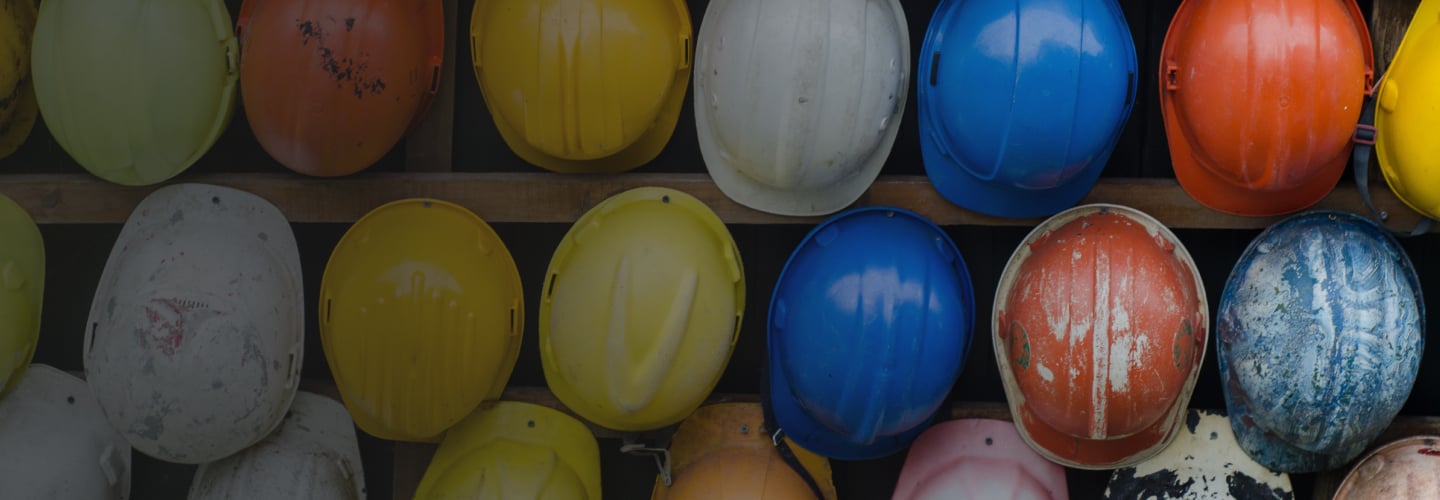Construction is always changing and evolving to the needs of people. In the wake of COVID-19, our industry is set to transform, evolve and adapt on an unprecedented scale.
It’s challenging to imagine the future post-pandemic while we’re still in the midst of grappling with it. However, the reality is that the world of construction is going to be forever changed by the events of 2020.
So what’s likely to evolve? Which trends are going to continue, and which areas will remain largely unscathed? Here, we explore the Australian construction trends that are most likely to emerge post-COVID-19.
Creating pandemic-resilient cities
COVID-19 exposed a myriad of flaws in the way we currently build, design, and manage cities. One of the biggest (and the most critical) 2021 construction trends that have emerged from the pandemic is the need to reimagine the built environment for safety, hygiene, and habitability.
Architects will play a crucial role in designing pandemic-resilient cities of the future. From improved access to open areas to a heightened focus on hygiene and increased flexibility in public healthcare, both public and private spaces will see a dramatic transformation in light of recent events.
A greater focus on sustainability and the environment
Sustainability has been a pressing trend for years now, and now we’re truly entering crunch time. At a recent meeting of the UN general Assembly, speakers including Scientists and global leaders, such as General Assembly President María Fernanda Espinosa Garcés, have stressed we only have 11 years left to prevent irreversible damage from climate change. The pandemic has created widespread fear and anxiety about the future, and the message across the board is clear: we need to act today to protect the world of tomorrow.
In light of this, the eco-construction movement is picking up pace — fast. According to Austrade, Australia now has over 12 million square metres of Green Star certified or registered green building space. Commercial buildings need to place more emphasis on sustainable materials and energy efficiency — and building/construction partners will be critical to realise this vision. At the same time, trends such as Zero Net Energy Homes and prefabricated builds are picking up steam in the home construction space as more consumers seek to keep their consumption as low as possible.
As world leaders in sustainable design, Australian construction companies also have an opportunity to help other ASEAN partners connect and collaborate to design green cities and homes for the future.
At Latham, we take our responsibility to the environment seriously. For over 30 years, we have had a stringent recycling and reuse program in place, as well as a waste minimisation process in place to reduce over-run and waste.
Construction technology will reach new (automated) heights
The industry has made leaps and bounds in the field of construction tech. As businesses tighten their belts in light of COVID, many are turning to automation to address challenges in manpower and social distancing.
Tools like Augmented Reality (AR) and Virtual Reality (VR) will continue to shape construction by allowing workers to better plan structures in advance, while minimising the risk of last-minute errors. Cloud collaboration and big data are two trends also making their way to the forefront of the industry: the former allows commercial construction work to be completed at a distance, while the latter makes risk management easier and more effective.
On the robotics front, autonomous machines are also making incredible progress. More companies, such as Volvo, Built Robotics, and Australia’s own Fastbrick Robotics, are developing robots to dig foundations, transport materials, assemble items, and demolish sites — all with minimal human supervision.
A boom in prefabrication
A new hospital in just ten days. An apartment complex in 12 weeks. If 2020 has demonstrated anything, it’s the growing need for flexible construction services at speed. Prefabrication is the solution to this problem. Modular buildings were already rising in popularity, and are predicted to become one of the biggest construction trends after COVID-19.
“Prefabrication has the capacity to change the way construction company owners, apartment specialists and home builders manage projects, with overall construction time taking 12 weeks instead of 12 months.” - Dane Latham, Administration Manager
Prefabrication comes with a host of benefits: it’s environmentally friendly, and each structure undergoes rigorous testing and QA measures for safety and quality. On top of that, this type of construction can be incredibly cost-effective and delivered in a fraction of the time. For example, a prefabricated home can be completed in 12 weeks, as opposed to 12 months.
Touchless and contactless are the new normal
This pandemic has caused businesses, political leaders and individuals to become increasingly concerned with minimising infection to protect us against future pandemics. Going hand in hand with this, sanitation and hygiene are trending in construction in 2021, and will lead the next wave of construction both in terms of design and materials.
Materials that reduce surface transmission of bacteria, such as copper, are becoming more commonplace in the construction industry in the future. Antimicrobial coatings on doors, handles and countertops are also experiencing a boom as more companies factor infection control measures into their spaces.
The ‘new normal’ is also forcing construction to factor in smart design at every turn. We are seeing more low-touch and low-interaction spaces emerging, from touchless elevators, doors and remote air conditioning controls in offices to digital temperature screening, two-way door systems, and entire unmanned, contactless hotels.
Building tomorrow: construction trends post-COVID
The changes brought about from the turn of the decade will shape the way we design and build the world of the future. The construction industry needs to focus more on quality than quantity, preserve what we can to support our connected ecosystem — both commercially and environmentally.
To find out more about Latham products, please visit www.latham-australia.com. To talk to a Latham product expert, call 1300 LATHAM (528 426) or email sales@latham-australia.com.


